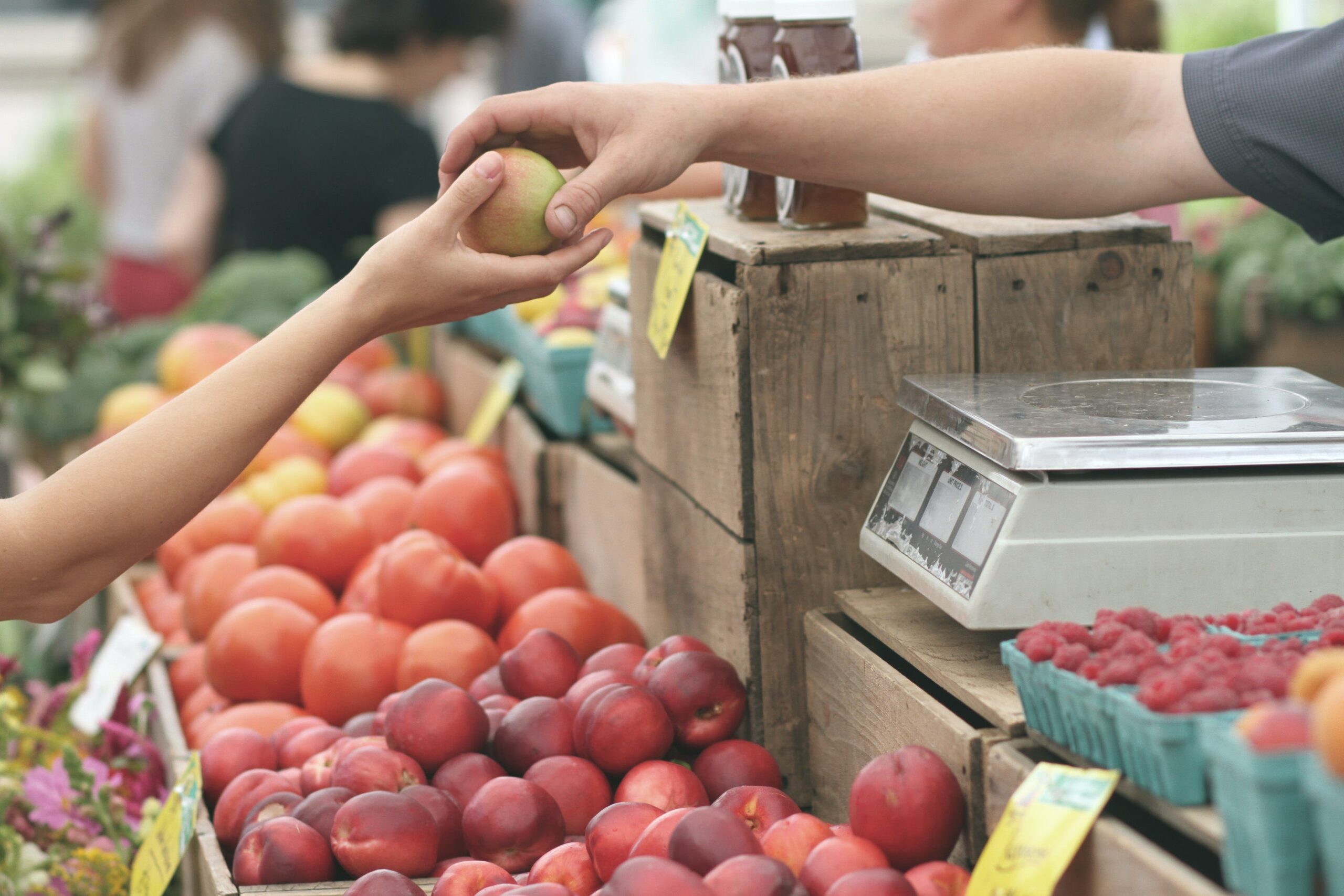How much can I sell this for? This is a question producers often ask us. It is an important question and one that is not always easy to answer. Usually there are many factors to consider in pricing your farm products. In Part I of our series on product pricing, we discuss factors that may affect what you want to reflect in your product’s price.
- Cost – It can be a challenge to hone in on this number, but it is important to know how much has been invested. The first step is capturing ALL costs associated with carrying on a farming activity. Over time these can be broken down by categories and segmented into individual crops/enterprises. Capturing product cost(s) is done through a chart of accounts and the books and records of the business. Oftentimes at the beginning of the season you may not know exactly how much you will spend. Enterprise/crop budgets are farm management tools that can help fill in the gaps.
- Price Comparison – Referencing other markets can tell you what comparable products are selling in area markets. Comparable product prices is helpful information to know, but it is not advised to simply match your price to what you see elsewhere. It is better to develop a range for what is acceptable. If you determined that you are profitable at $5.00 per lb. (based on your costs) but you see that a grocery store is selling for $7.00 per lb., that may help you understand what customers are willing to pay. Other places to reference would be farmers markets, grocery stores, USDA reports, market bulletins, and other places where similar products are sold.
- Customers – Evaluating your customer segment is important because you may know what your price needs to be, but you have to find buyers that will support that. That means your customers must be willing and able to pay the set price for your product. Some questions to ask:
- Do the customers have the means and willingness to pay? If you have premium products, who will be willing to pay for that and where are they located?
- Is your market local or will you have to travel to reach them? If there are additional costs associated with that market, consider the additional revenue you will need to make it worth it.
- What’s the capacity of the market? If you and several others are growing similar items but there are a small number of customers, it may be hard to make enough sales to cover your cost. Some markets may even put restrictions on what you can bring to discourage duplicate offerings. At that point, it is not a price problem but having enough buyers available.
Price for products can be quite variable and experience large variations throughout a season. Farmers can influence the price their customers are willing to pay through successful marketing and branding efforts. However, other factors such as perishability may add additional market pressure. Knowing your cost, a range of acceptable prices, and opportunities to reach buyers can help net an acceptable return for your crop.
Part II of this series on product pricing will include an example on calculating price for a Southeastern-grown fresh fruit or vegetable. The related article is planned for release in an upcoming Southern Ag Today article.
Burkett, Kevin. “How Much Can I Sell This For? Part I.” Southern Ag Today 3(15.5). April 14, 2023. Permalink
Photo by Erik Scheel: https://www.pexels.com/photo/person-giving-fruit-to-another-95425/

